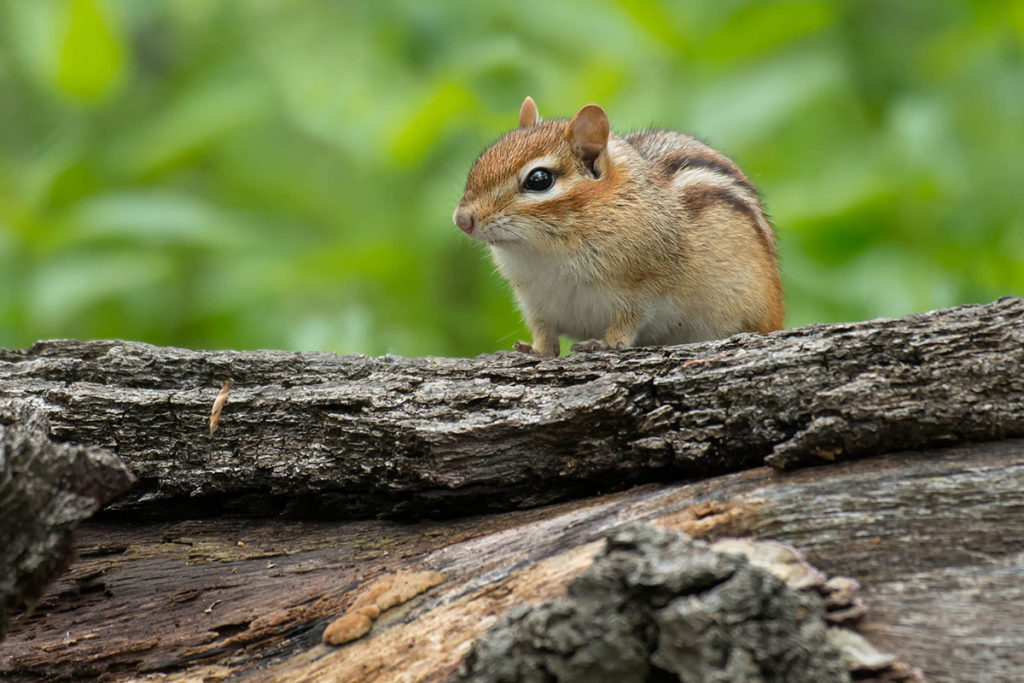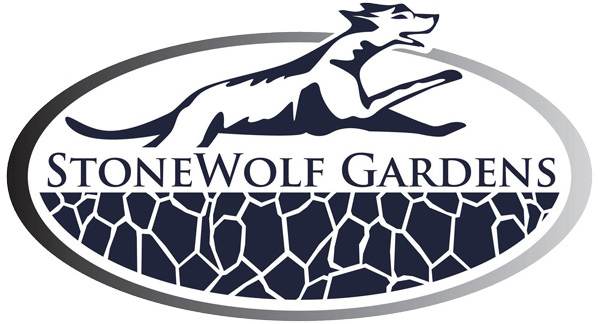A well-landscaped yard is a point of pride for many homeowners because it greatly improves the look of a home and can add value to the property. However, quality landscaping is neither inexpensive nor simple. Whether you use a professional or invest your own “sweat equity,” it takes a lot of time to achieve the desired look, more time to maintain it, and it can cost a good bit of cash.
Once you’re got everything just right, the perfect complement is to have a cute bunny rabbit hopping through the yard, joined by a chipmunk or two, a few squirrels and other assorted wildlife enjoying their new playground.
It’s a bucolic scene, right? Maybe not.
Looks can be deceiving. These cuddly little fellows can wreak havoc in your yard and in short order make your plants better suited for a compost bin than a garden.

The prime suspects
- Rabbits are big eaters who aren’t picky. They eat buds, flowers and given time will strip plants of all vegetation.
- Chipmunks will dig up and dine on bulbs, seedlings, freshly planted seeds and further damage your landscape by burrowing into any number of areas in or around structures, including your home’s foundation.
- Squirrels may be the most destructive of all. These exceedingly nimble creatures are constantly hunting for food and will stop at little in search of their next meal. They’ll gnaw through wood siding, electrical wires and shingles to get what they want. Squirrels will nest in trees, but really love living in attics and chimneys.
In most parts of America, those are the “big three,” but there are host of other animals that can damage your landscaping quickly and in a variety of ways. These critters include moles, voles, rats, mice, gophers, opossums, raccoons, woodchucks and many others. Some will dig tunnels and damage the roots of everything from grass and shrubbery to vegetable gardens and large trees. Others will simply dine on any above ground vegetation they can find.
Michigan State University’s extension service has good information that you can use to identify the animal(s) with which you may be dealing.
Alleviating the problem
Despite how cute these animals may be, once you determine what is destroying your yard, you might want to consider a few remedies.
Dogs and cats can be deterrents, but unless they live outside, most of the aforementioned animals will simply visit when Fido and Fluffy are safely inside the house and hightail it when they hear or see their nemesis hit the pet door.
If you happen to have a non-poisonous snake or two in your yard, such as king snake, that is one of Mother Nature’s best controls. They’ll help keep the population in check and are harmless to humans as long as you can live with an occasional “Eeeeek!” from family and friends who might spot a snake.
Trapping and relocating the animals can be effective and is humane, but is best done by professionals. Do-it-yourself trapping is difficult and often met with only marginal success. There are plenty of stories of people trapping critters, letting them go in a nearby wooded area only to have the ingenious creatures find their way back “home.”
Another option is to use screens to shield plants, or other devices that deter animals from entering your property. Among repellent mixtures, poisons are not recommended, but if you’ve exhausted other options and are at your wits end, take great caution. Poisons are indiscriminate and can harm other creatures — including people and family pets — besides just the pests you’re hoping to eliminate.
When it’s time to take action, lawn and garden shops are a great place to start. Their staff members get questions about critter control every day and they have the know-how and products to address your situation. They may be able to recommend non-poisonous products that pack a powerful smell (e.g., peppermint- or cinnamon-based solutions) but won’t harm the user or the animal you’re trying to keep away.
Country Living has some other suggestions you may want to consider as well.
Be advised, the remedies can put a dent in your wallet, but you’ve already invested in landscaping, so it’s probably worth spending more to keep it looking good.
See the original article on LightStream’s website.
